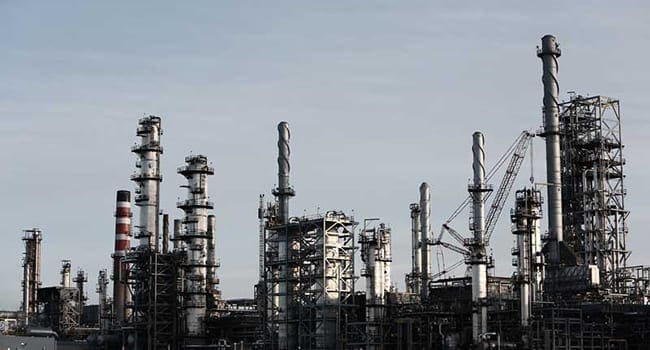 Opposing interest groups are endeavouring to sway crude oil market sentiments.
Opposing interest groups are endeavouring to sway crude oil market sentiments.
The global oil industry needs some $12.6 trillion in investments through 2045 to meet the demand, Organization of Petroleum Exporting Countries (OPEC) secretary general Mohammed Barkindo said at a videoconference.
This declaration came despite the fact that earlier the month in its Monthly Oil Report, OPEC revised its global oil demand forecast for 2021, saying demand next year will only increase by 5.9 million bpd (barrels per day), 350,000 bpd lower than its earlier projection.
The International Energy Agency is underlining that sufficient long-term oil supplies “should not be taken for granted.” It said it wasn’t clear if adequate investment in oil supplies “will come in time and, if it does come, where it will come from.”
In its role as the Organization for Economic Co-operation and Development (OECD) energy watchdog, overproduction helps IEA achieve its political objectives.
Norwegian consultancy Rystad Energy said in a recent report the world would run out of the oil supplies it needs by 2050 unless there’s a sharp rise in exploration. It said $3 trillion in capital spending was needed.
Energy consultancy Wood Mackenzie said: “Only about half the supply needed to 2040 is guaranteed from fields already onstream. The rest requires new capital investment and is up for grabs.”
With global oil inventories declining due to the strengthening demand from Asia, investment banker Goldman Sachs remains bullish, expecting Brent crude oil to average US$65 a barrel next year.
Structural under-investment in oil and gas will put upward pressure on oil prices, Goldman Sachs’ Jeffrey Currie told CNBC. This may stimulate short-term demand for oil, with Currie expecting it to rise over the next few years while green-energy infrastructure is built.
Commodity trading giant Trafigura also expects a rebound in oil demand next year, thanks to mass COVID-19 vaccinations, which will push crude oil prices to $55 to $60 a barrel, Argus Media reported, citing Trafigura’s chief economist Saad Rahim.
Oil prices – defined as an average of Brent, West Texas Intermediate and Dubai prices, in American dollars – are expected to rise to an average of $44 per barrel next year and $50 a barrel in 2022, up from expected $41 in 2020, the World Bank said on Wednesday.
But others are looking at things differently. “The peak of (crude) consumption may have already passed,” Russian Deputy Finance Minister Vladimir Kolychev told Bloomberg.
President Vladimir Putin was more blunt. Russia is successfully weaning itself off oil revenues, Putin said on Thursday. “This means that, while we’re not completely there, we are nonetheless starting to get off the so-called oil and gas needle,” he added.
The possibility of lifting sanctions on Iran is also beginning to dampen spirits. Iranian President Hassan Rouhani said on Thursday he was certain the incoming administration of president-elect Joe Biden will return the United States to its nuclear deal commitments and lift crippling sanctions on his country.
Already there’s a murmur in the market that the volume of Iranian oil reaching the markets has gone up. In recent months, Iran has succeeded in circumventing the U.S. sanctions and exported more oil to China and other countries. TankerTrackers.com estimated Iranian crude oil exports hit 1.2 million barrels per day over the fall, up from 481,000 bpd in February, Benoit Faucon reported.
Libya also continues to boost production, with its average daily output hitting 1.28 million barrels.
Meanwhile, Baker Hughes’ latest report for the U.S. showed the most rig additions since January, fuelling worries about crude oversupply.
A number of factors are in play, so the exuberance over crude oil’s future seems a bit premature.
Toronto-based Rashid Husain Syed is a respected energy and political analyst. The Middle East is his area of focus. As well as writing for major local and global newspapers, Rashid is also a regular speaker at major international conferences. He has been asked to provide his perspective on global energy issues by both the Department of Energy in Washington and the International Energy Agency in Paris.
For interview requests, click here. You must be a Troy Media Marketplace media subscriber to access our Sourcebook.
The views, opinions and positions expressed by columnists and contributors are the author’s alone. They do not inherently or expressly reflect the views, opinions and/or positions of our publication.

